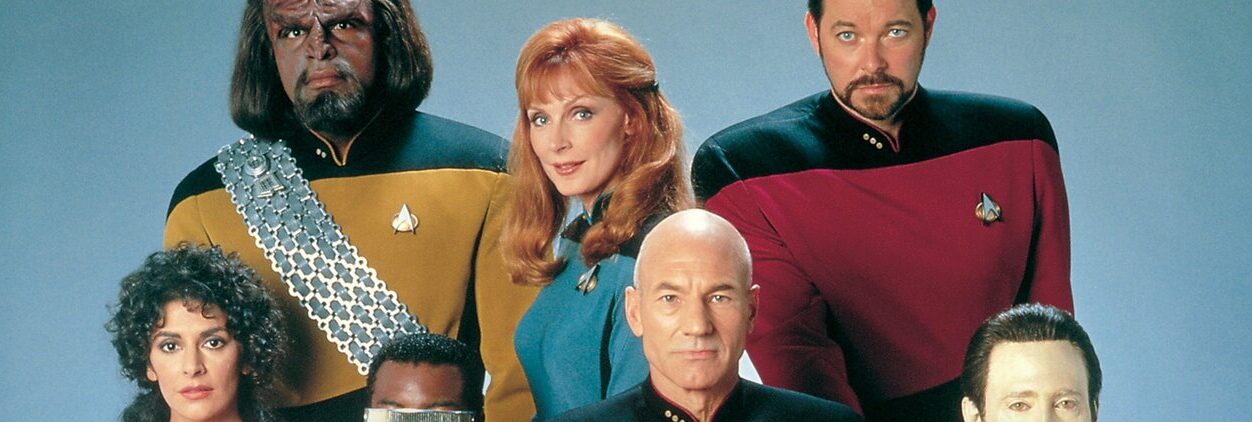In the universe of television, you might have heard the term: “growing the beard.” Coined by TV aficionados, this phrase marks a significant moment in a show’s development when it transitions from merely good or mediocre into something extraordinary. It’s a phenomenon that can transform a struggling series into a beloved staple, and it’s closely related to the patience and perseverance required by both creators and audiences to let a story find its rhythm.
Origins of “Growing the Beard”
The phrase “growing the beard” finds its roots in the classic sci-fi series Star Trek: The Next Generation (TNG). In its first two seasons, TNG was met with a lukewarm reception. Critics and fans alike found the writing uneven, the characters underdeveloped, and the storytelling often lacking the magic of the original Star Trek series. However, everything changed with the show’s third season. The writing improved significantly, character arcs deepened, and the series delivered some of its most memorable episodes. One of the visual symbols of this transformation was actor Jonathan Frakes—who played Commander William Riker—growing a beard between the second and third seasons. Frakes’ beard became a literal and figurative marker of the show’s newfound maturity and quality, giving birth to the term “growing the beard.”
“Growing the Beard” vs. “Jumping the Shark”
“Growing the beard” is often considered the positive counterpart to another popular television phrase: “jumping the shark.” While “jumping the shark” refers to the moment a show declines in quality—often due to a desperate, gimmicky plot twist—”growing the beard” celebrates when a show finally hits its stride. Together, these phrases encapsulate the peaks and valleys of a show’s lifecycle.
Shows That Exemplify “Growing the Beard”
Some of the most iconic television shows took time to find their voice, and their eventual success can be attributed to “growing the beard” moments:
- Parks and Recreation: The first season of Parks and Recreation was uneven, with many comparing it unfavorably to The Office. However, the show found its footing in the second season when it redefined the character of Leslie Knope (played by Amy Poehler) from a clueless bureaucrat to an optimistic, competent civil servant. The ensemble cast also grew stronger, and the show’s signature blend of earnestness and humor became more pronounced.
- The Office (U.S.): The American adaptation of The Office had a rocky start, with the first season hewing too closely to the British original. It wasn’t until the second season that the show carved out its own identity, softening Michael Scott’s abrasive edges and leaning into the unique dynamics of its supporting characters.
- Buffy the Vampire Slayer: While the first season of Buffy introduced its intriguing premise, it wasn’t until the second season that the show fully realized its potential. With stronger character development, more complex storylines, and a deepening of its central themes, the series solidified its place in television history.
- Schitt’s Creek: Initially dismissed by some as a run-of-the-mill fish-out-of-water sitcom, Schitt’s Creek truly came into its own in the second and third seasons. The show’s focus on character growth, emotional depth, and heartfelt humor helped it “grow its beard” and earn widespread acclaim.
Why “Growing the Beard” Matters
The concept of “growing the beard” is a reminder that not every show can deliver its best work right out of the gate. The creative process behind television is complex, requiring time for writers, directors, and actors to refine their approach and for audiences to invest in the narrative world being built. Recognizing and appreciating when a show grows its beard can encourage viewers to give promising series a second chance.
How to Spot a “Beard-Growing” Moment
If you’re wondering when a show you’re watching might be “growing the beard,” here are a few signs:
- Stronger Character Development: Characters become more nuanced, and their relationships feel more authentic.
- Consistent Tone and Style: The series establishes a clear identity, moving past early tonal shifts.
- Memorable Episodes: The show starts producing standout episodes that resonate emotionally or intellectually.
- Critical and Audience Reception Improves: Both professional critics and casual viewers begin to recognize the show’s newfound quality.
Patience Pays Off
Some shows may require a few episodes or even a season to hit their stride, but the rewards of sticking with a series that eventually grows its beard can be immense. The joy of witnessing a show mature into greatness is one of the most satisfying experiences in television viewing. It’s a testament to the collaborative power of storytelling and the magic that can happen when creators are given the time and space to refine their craft.
So, the next time someone tells you that a show “gets good” after a certain point, remember the beard—it might just be worth growing with it.

Leave a Reply